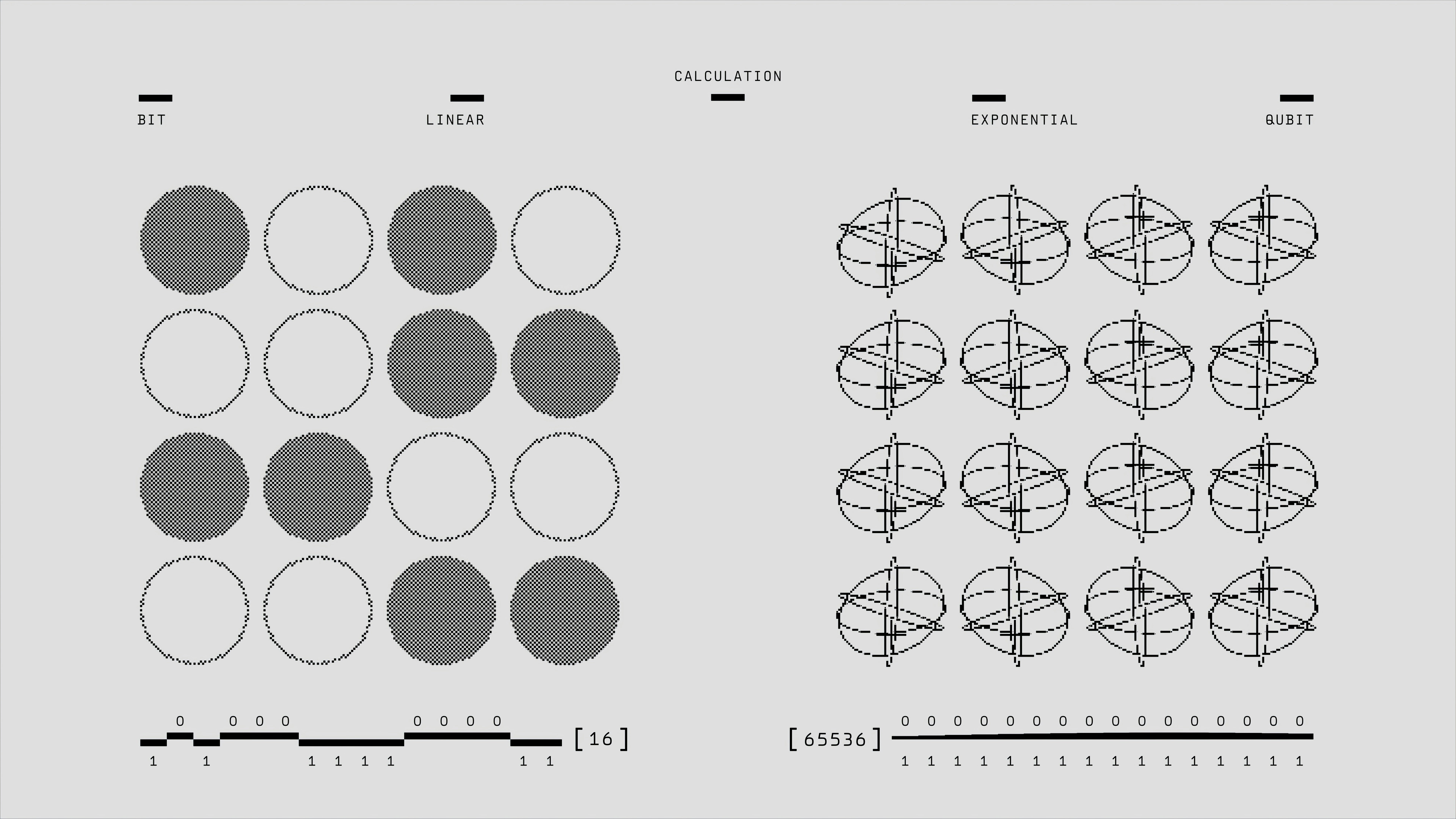5 Crucial Lessons from Failed Products: Learning from Real-World Examples
In the fast-paced world of product development, failure is often perceived as a setback. However, history shows that even the most significant product flops offer valuable lessons.
DAte
Feb 10, 2024
Category
Product Development
Reading Time
10 Min
5 Crucial Lessons from Failed Products: Learning from Real-World Examples
In the fast-paced world of product development, failure is often perceived as a setback. However, history shows that even the most significant product flops offer valuable lessons. By analyzing the missteps of past failures, businesses can gain insights that drive future success. Here are five crucial lessons learned from failed products, illustrated with real-world examples.
1. Know Your Market
Lesson: Understanding your target market deeply is essential. Misjudging consumer needs and preferences can lead to a product's downfall.
Example: Google Glass
Google Glass launched with great excitement but failed to gain traction. The product misaligned with consumer needs, being perceived as intrusive and expensive. Privacy concerns further alienated potential customers. This failure underscores the importance of thoroughly understanding and aligning with market demands.
2. Simplicity Can Be Key
Lesson: Overcomplicating a product can alienate users. Strive for simplicity and ease of use to ensure a positive user experience.
Example: Microsoft Zune
Microsoft's Zune, a competitor to Apple's iPod, failed to capture significant market share despite its advanced technology. Its complex interface and lack of clear differentiation from the iPod led to its downfall. Users found the device less intuitive and more cumbersome compared to the streamlined, user-friendly iPod. This failure highlights the crucial role of simplicity in design and functionality for user adoption and satisfaction.
3. Test and Validate
Lesson: Thorough testing and validation are critical before a product launch. Skipping this step can result in costly errors and market rejection.
Example: New Coke
In 1985, Coca-Cola introduced New Coke, a reformulated version of its classic beverage. The company underestimated the strong emotional attachment consumers had to the original formula. The backlash was swift and severe, leading to the reintroduction of classic Coke within a few months. The New Coke fiasco emphasizes the importance of extensive testing and understanding consumer sentiment before making significant changes to a beloved product.
4. Adapt to Feedback
Lesson: Being open to feedback and willing to adapt is crucial for product success. Ignoring user feedback can lead to missed opportunities for improvement.
Example: Amazon Fire Phone
Amazon's Fire Phone, introduced in 2014 with high expectations, failed to resonate with consumers. Key issues included its limited app ecosystem and lack of distinct features compared to competitors. Despite early feedback indicating these shortcomings, Amazon continued with its initial strategy without significant adjustments. The Fire Phone's failure underscores the need for iterative improvement based on user feedback to ensure a product meets market needs effectively.
5. Timing is Everything
Lesson: Launching a product at the right time can significantly impact its success. Poor timing can result in missed opportunities or a lack of market readiness.
Example: Apple Newton
The Apple Newton, one of the first personal digital assistants (PDAs), was launched in 1993 but failed to achieve commercial success. The technology was ahead of its time, and the device faced issues such as high cost, limited functionality, and reliability problems. By the time technology and market conditions caught up, the Newton had already been discontinued. This example highlights the importance of aligning product launches with technological readiness and market conditions.
Conclusion
Failed products often serve as the best teachers, offering invaluable lessons for future endeavors. By understanding the importance of market alignment, simplicity, rigorous testing, adaptability, and timely launches, businesses can avoid common pitfalls and increase their chances of success. Each failure is an opportunity to learn and grow, ultimately guiding the development of products that better meet consumer needs and stand the test of time.
At QNIX, we are committed to learning from these lessons to drive innovation and excellence in our product development processes. By integrating these insights, we ensure that our products not only meet market demands but also exceed user expectations, fostering a cycle of continuous improvement and success.
Author
Abhishek
Abhishek is a seasoned product manager and industry analyst with over a decade of experience in product development. He specializes in studying market trends and leveraging insights from past product failures to guide future innovation.



